Well, I did it. I signed up to teach classes again – after a 7 year hiatus – at the local Parks & Rec department.
Seems like a good idea, right? I mean, why not?
Because I tend to always overbook myself. Right now, after packing and getting the new/old house ready, I’m not feeling too energetic. But I have 2 months to get ready.
The first flowers we’ll paint in Indoor Garden Painting are Sunflowers.
I’ve painted a few before. I’ve even done a tutorial before. But I needed a sample for the Parks & Rec office.
So here ya go . . . How to paint Sunflowers, again!
I used six paint colors by Plaid.
- Burnt Umber
- Turner’s Yellow
- Raw Sienna
- Daffodil Yellow
- Hauser Green Medium
- Hauser Green Dark
You can get by with these, but if you want a little extra detailing, get out the FolkArt Floating Medium.
Brushes = #12 flat, #6 flat, and a liner.
I don’t think a pattern is needed, but I know a lot of people ‘feel’ like the need one.
I’ll do one. I promise.
Later.
Possibly today, even!
If you haven’t used one of my painting tutorials, let me tell you a bit about my method. It’s based upon layers. You don’t need to know how to paint. You don’t need to use specific brushstrokes, or even special brushes. The layering of paint will camouflage any blips you don’t like.
Layering is quick and simple. It’s nearly foolproof. Really! I’ve taught this method to hundreds, maybe thousands, of people and I’ve never had anyone not come out with a beautiful painting.
If you try it and have any trouble at all, please email me and I’ll be happy to give you any additional guidance.
Step 1 – paint Burnt Umber centers. You won’t need 2 coats if you use Plaid’s Apple Barrel.
Step 2 – Use Turner’s Yellow to basecoat the petals.
Try not to to make them all symmetrical, balanced, and the same size. Your painting will look much more fun if the petals are catty-whompers (an artiste term, there).
Your petals can be long like bunny ears, or short and squatty. It doesn’t matter. There are tons of sunflower varieties, so just have fun and paint a ton of petals around your Burnt Umber centers.
Notice that I haven’t painted the flowers that will overlap the centers? I want to paint some highlights on the centers first.
Step 3 – ‘tighten up’ the centers with Burnt Umber – if you were a little sloppy with the Turner’s Yellow like me.
Step 4 – highlight the centers with Raw Sienna with an outer circle and an inner circle.
It’s gonna take a couple of coats. Try a pouncing (dab-dab-dab) motion rather than a standard stroke.
Sunflower centers are full of those little seeds, right? So we want our centers to look like there are a bunch of them without actually having to paint each individual one.
Step 5 – highlight the centers with some dabs of Turner’s Yellow. If the Raw Sienna is still damp, that’s okay. The wet-blending will work just fine here.
Step 6 – paint another layer of Raw Sienna over the same area as before, topcoating the Turner’s Yellow highlights.
See how the Turner’s Yellow still pops thru?
Step 7 – shade the petals with Raw Sienna.
I gave you two options here. The first one in the picture above is just to little curved brushstrokes to give the petals a some depth.
The 2nd option is to start at the Burnt Umber center and paint outward with Raw Sienna.
Either one works. Or you could even do a little combination. It’s up to you.
Step 8 – highlight the petals with Daffodil Yellow. Apply the highlighting in the center of the petals and a little bit on an edge here and there.
Step 9 – topcoat the petals with Turner’s Yellow. Unless you like the way the shading & highlighting looks – then leave this step out.
Step 10 – Basecoat the ‘folding’ petals with Turner’s Yellow. It’ll take 2-3 coats for the petals folding over the center.
Step 11 – Shade & highlight the petals as in Steps 7 & 8. Then topcoat with Turner’s Yellow.
Notice how I painted more Raw Sienna shading in between the folding petals and the petals next to them – so the eye can ‘see’ all of the petals.
You might want to leave this shading as is and not topcoat it with Turner’s Yellow. If you do decide to topcoat and ‘lose’ the petals, just add some more Raw Sienna shading.
Stems & Leaves
Basecoat with Hauser Green Medium.
With Turner’s Yellow (you might still have some on your palette), highlight the stem that will be ‘in front’ of the other stem. Add a curved line to create veins in the middle of each leaf.
Shade stems and leaves with Hauser Green Dark. Shade the stem ‘behind’ the front stem. Also shade areas close to sunflower petals.
Topcoat stems & leaves with Hauser Green Medium.
You could stop here and have some lovely sunflowers.
Or . . .
. . . load some Burnt Umber on your liner brush and dab little dots all around the circles of the centers.
You could call it quits here too.
Or . . .
. . . load your brush with Floating Medium, pick up some Raw Sienna on just a corner of your #6 flat and “line” the edges of a few petals.
By using the Medium, you’ll have more “open” time – the paint won’t dry as fast. Plus, the medium makes it really easy to stroke the paint. That’s why I use FolkArt Floating Medium every.single.day.
That’s it! Have fun with these. Even though it’s still winter, painting sunflowers will brighten your day!
Related articles

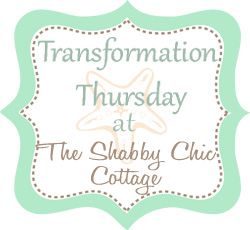

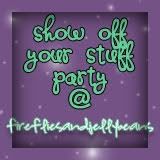
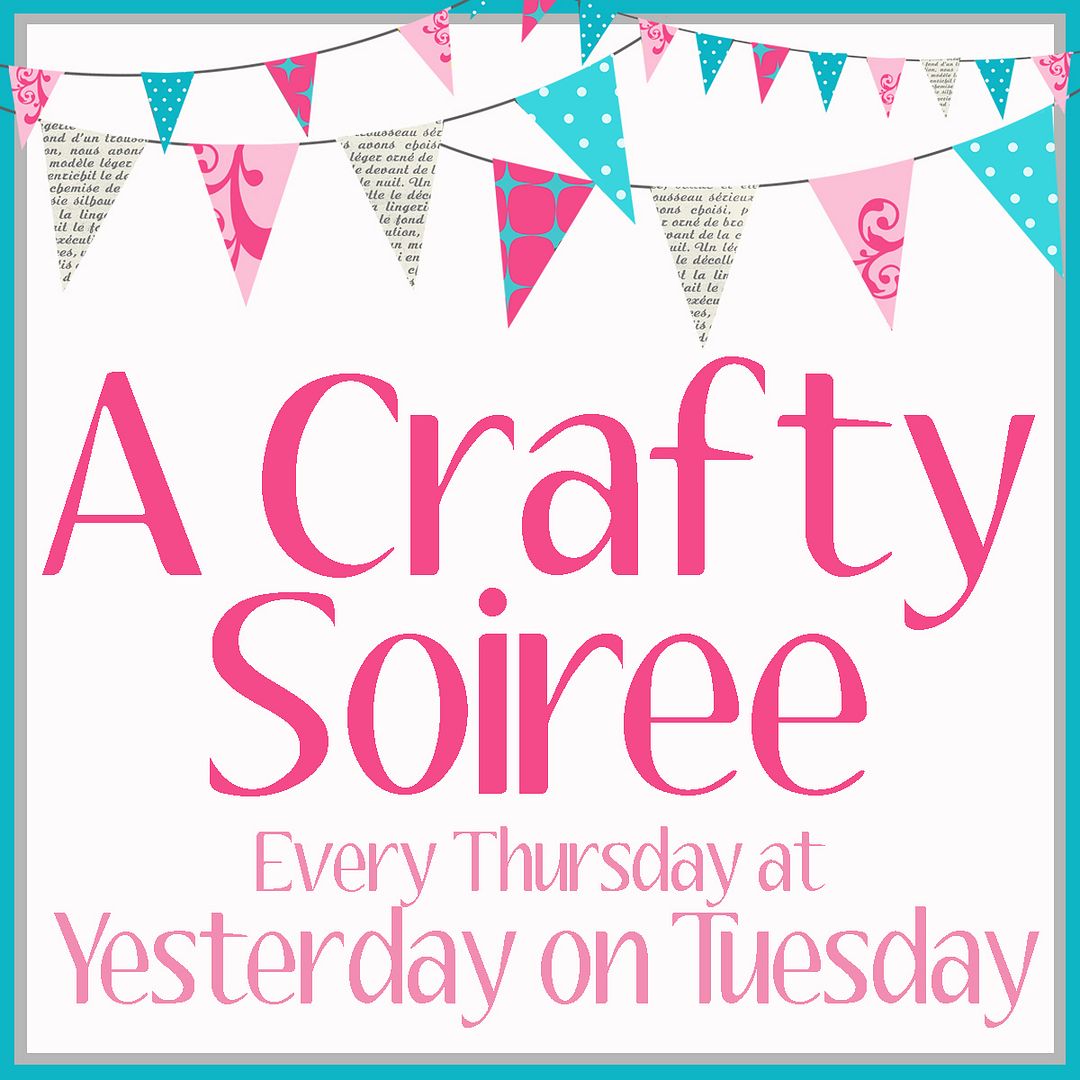

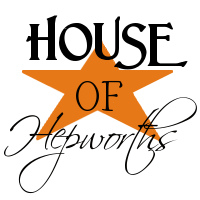


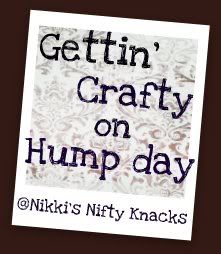




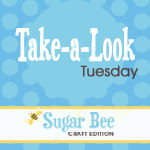




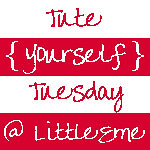






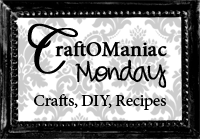


























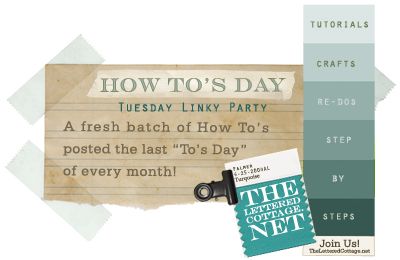

No comments:
Post a Comment